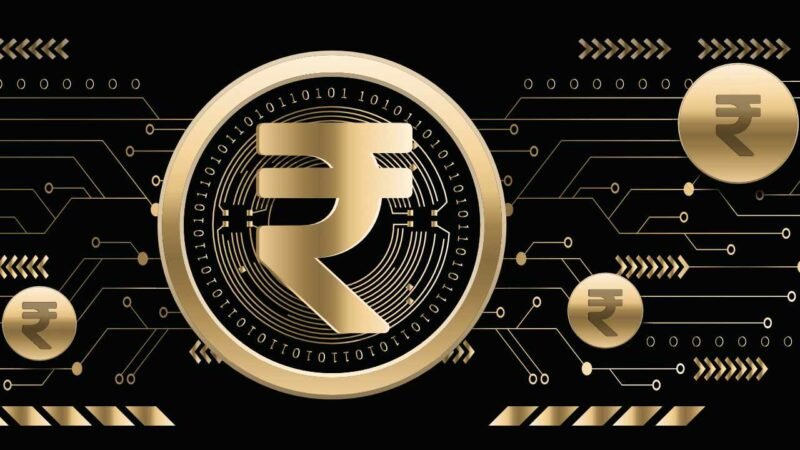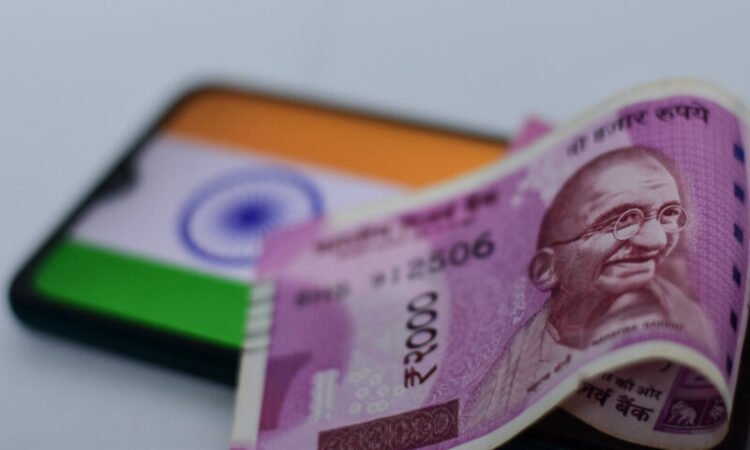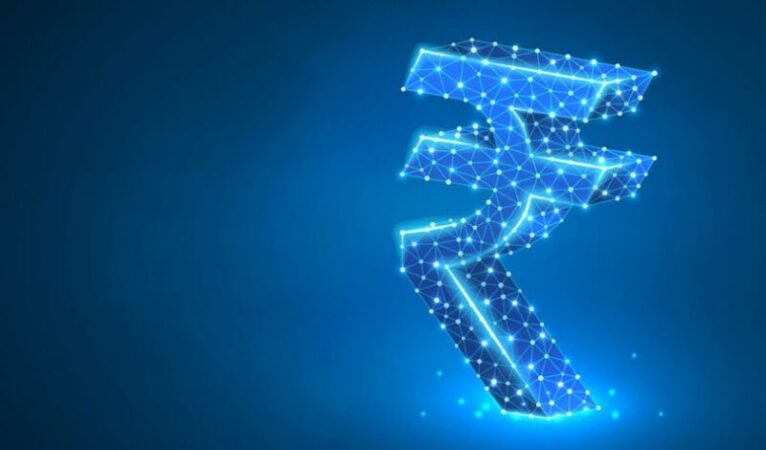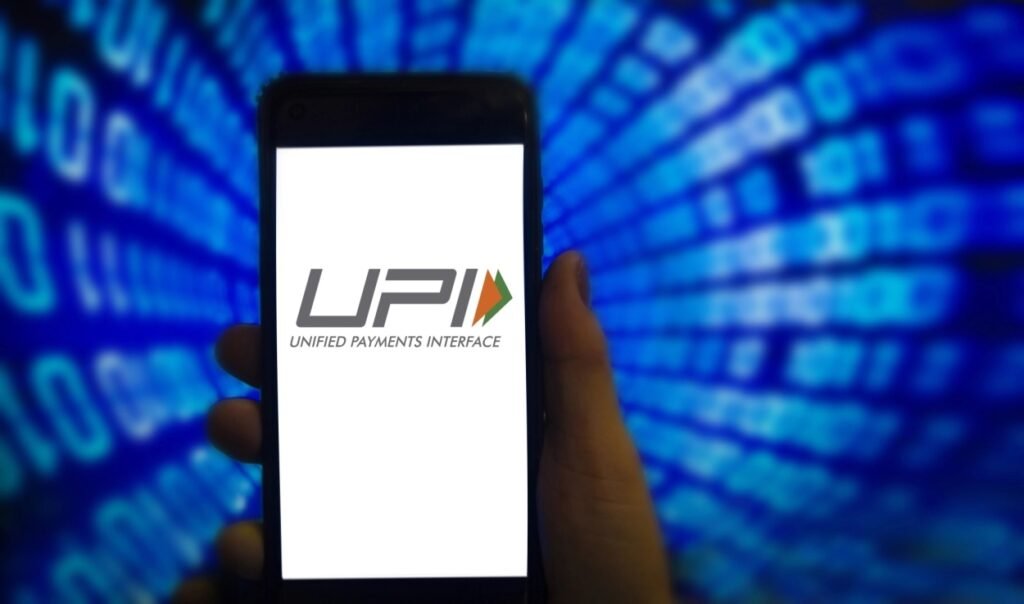Indian Digital Economy: A Chakravyuh in Making?

The Reserve Bank of India launched the first pilot for Digital Indian Rupee covering select locations on December 1, 2022. This is a testimony to the movement of the Digital Economy of India from strength to strength.
But has the Indian Digital Economy learned all the valuable lessons at its Infancy so that it does not end up as the slain warrior, Abhimanyu?
According to the Asian Development Bank:
“The digital economy refers to a broad range of economic activities that use digitized information and knowledge as key factors of production. The internet, cloud computing, big data, fintech, and other new digital technologies are used to collect, store, analyze, and share information digitally and transform social interactions. The digitization of the economy creates benefits and efficiencies as digital technologies drive innovation and fuel job opportunities and economic growth. The digital economy also permeates all aspects of society, influencing the way people interact and bringing about broad sociological changes”
India’s entry into the Digital Economy can be traced to diner cards that were issued in the 60s. There were very few takers for it. That has always been the fundamental theme of India’s digital economy. Either too few takers or by the time they catch up it is too late. The reason was that there was neither any incentive nor any need for the government, the private sector and/or the public to switch over to cashless transactions. But all of that changed in 2016 with Demonetisation.

Demonetisation “shocked” the Indian economy to adopt and adapt to Digital Transactions. The unavailability of the “new” Rs 500 and Rs 2000 conditioned society to move over to Digital Transactions. The difficulty to make purchases worth Rs 2000 or to “get change” for Rs 2000 just added to the troubles. This forced conditioning saw even the unorganized sector accepting or making payments through UPI payments. This at a time when the internet usage in the country was at an abysmal 16.5% in FY 2016. According to research conducted jointly by the Reserve Bank of India (RBI) and the State Bank of India (SBI) in FY 2016, Digital Transactions accounted for a mere 11.26% of the total transactions in the country with Cash Transactions accounting for a whopping 88.74%. The Joint Research predicts that by FY 2027 these values will interchange: Digital Transactions will reach a staggering 88.85% while cash transactions will account for a mere 11.15%.
This shouldn’t come as a surprise as India had rolled out its “unique” UPI (Unified Payment Interface) payment system. Demonetisation left the people with no alternative other than use the UPI for making transactions. It was not easy to implement as the majority of the workforce were employed in the unorganised sector and a good majority of the population were digitally and financially illiterate.
But all that is a thing of the past. Today, the QR (Quick Response) code-enabled payment system is the most preferred method for receiving payments. From five-star hotels to roadside vendors who sell “paani poori”, UPI-enabled payment has literally changed the payment landscape of India. The success of UPI domestically can be learnt from the fact that Digital Transactions is estimated to reach $ 1 Billion by 2026. UPI now has 346 partner banks as a part of the ecosystem. It is now accepted in countries like the UAE, Singapore, France and Bhutan. Thus, India has the potential to emerge successful in the “war” against cash transactions by not taking the help of Western-backed technology.
Even in the field of Debit Cards, India has come out with its very own RuPay Card, which is slowly eating into the monopoly that was being enjoyed by VISA, Maestro, Master, American Express etc. This is evident from the market share of Rupay: From a market share of 15% in 2017 to 60% in 2020 in credit and debit cards, Rupay cards have grown from strength to strength. As of November 2021, banks in India had reportedly issued 31.67 crore RuPay debit cards with free accident insurance cover to Pradhan Mantri Jan Dhan Yojana account holders. Cards under RuPay Global are accepted at more than 1.90 million ATM locations and more than 42.4 million POS locations across 185 countries.

RuPay and the international acceptance that UPI is building has the potential to make the Indian rupee an “acceptable” currency for international transactions. If India wants to reign in the “Chinese Dragon” economically and become a $ 5 trillion dollar economy, Rupay and UPI can emerge as the “path” towards that destination. However, it is important that this path is free from any stumbling blocks like “sanctions”. The Rupee Rouble Trade and the Rupee Rial Trade can be the panacea for the sanctions.
The Rupee Rouble Trade was conceived in 1953. Very recently, External Affairs Minister S Jaishankar told Parliament that a multi-ministerial group had been convened to look into how to overcome challenges in trade with Russia, including managing payments for exporters and importers — indicating a possible revival of the ‘Rupee-Rouble trade’. The reduced dependency on the Dollar for trading is the need of the hour considering the fact that the Rupee has breached the psychological Rs 80 barrier vis-a-vis the Dollar. This is even more relevant today as Europe continues to lament about India’s oil imports from Russia, while conveniently forgetting that what Europe imports in an afternoon is the entire oil import of India for a month! With such double standards, India has to find “creative” ways to bypass these sanctions. With Iran also mooting a revival of the Rupee Rial trade it is important that India reminds the West that India is a sovereign country and the West’s problems are not exactly India’s or the world’s problems. The high Current Account Deficit is still a matter of concern as it can destabilise the Rupee further and can lead to high Fiscal Deficit and as a result inflation. With the threat of sanctions looming around it is imperative that India leads the way and set an example for “Dollar-Euro-Independent” transactions.
If India can get other Asian and South East Asian Nations to back this initiative, it will help in undermining the importance of the Dollar in international trade, which will further reduce the importance of the Bretton Woods twins – The World Bank and the International Monetary Fund. Riding on UPI and using Rupee for transactions can make Indian Rupee a stable currency for international transactions. The catch, however, is that the Indian technological base and manufacturing base is underdeveloped and therefore it will be sometime before India’s exports become competitive and achieve a Current Account Surplus.

The Digital Economy is here to stay and therefore the perils associated with it. If Digital Economy shouldn’t have a “painful” and “rather sad” demise like Abhimanyu it is important that India takes enough protective measures like:
- Protecting the Digital Data of the Citizens – RBi has introduced tokenisation to ensure that the card details of the citizens are not stored by a third party
- The Personal Data Protection Bill continues to be a work in progress. It needs to see the light of day.
- Maintaining the data of Indians in servers within the country is of paramount importance to prevent misuse and unregulated monetisation of data.
- Implementation of Blockchain Technology for digital transactions to reduce online fraud and data theft. There has been a 42% increase in economic fraud since 2018 in India.
- India should take effective measures to discourage cryptocurrency-based transactions as it directly undermines the monetary authority of India – The RBI (Reserve bank of India)
Digitally, the Indian Economy entered the “Chakravyuh” with minimal preparation and infrastructure (Electricity availability, Internet penetration and Smartphone penetration). The “fight” was to make people switch over from cash transactions to digital transactions. If India needs to emerge victorious from this Chakravyuh, India has to arm itself adequately and enter the arena. India has to make the Rupee a currency of transaction at the international level which can be achieved by creating an indigenous network (read as UPI and RuPay) in the developing economies of Asia, Africa and South America. Thus India has a chance to rewrite the story of “Abhimanyu”.


















